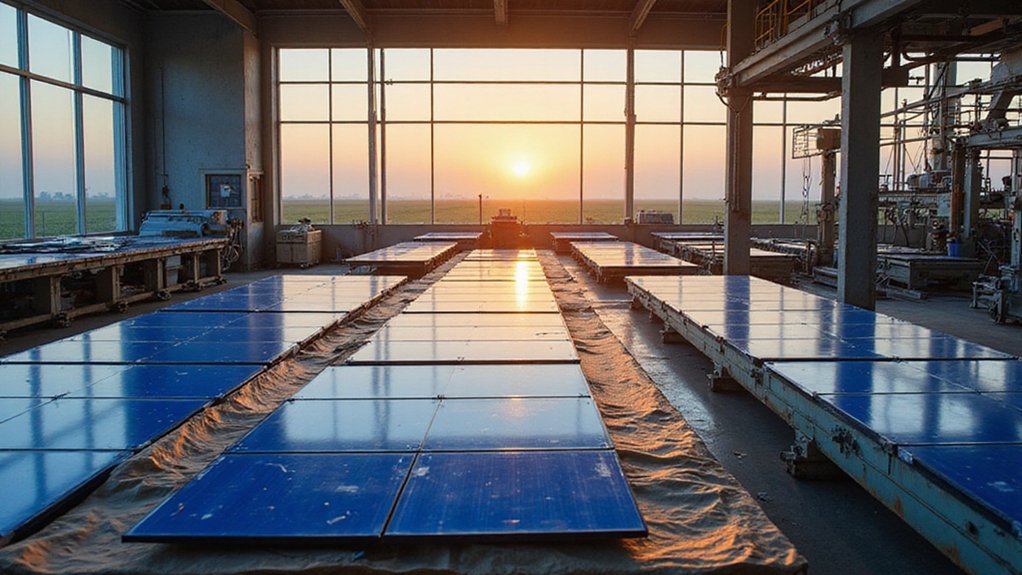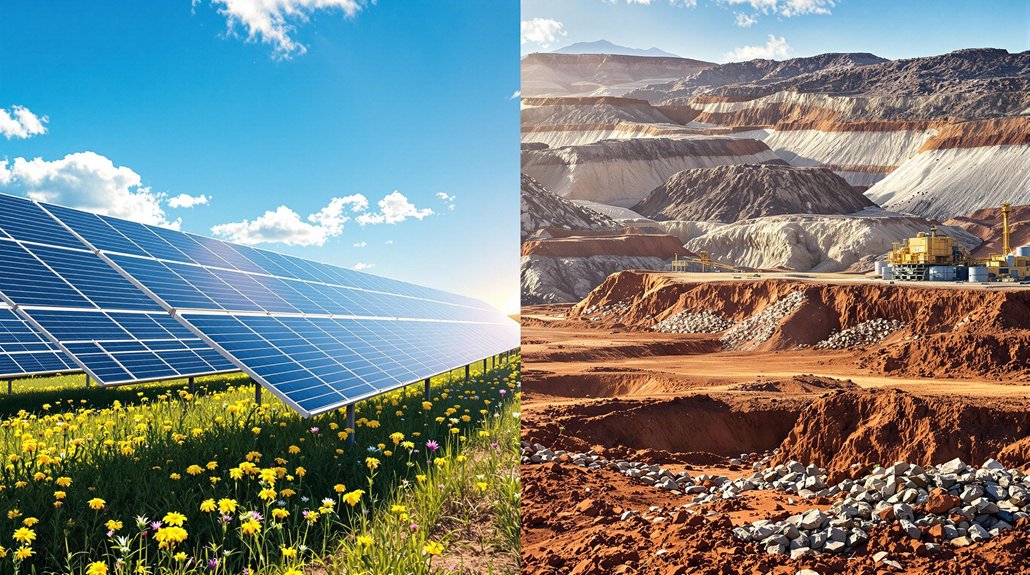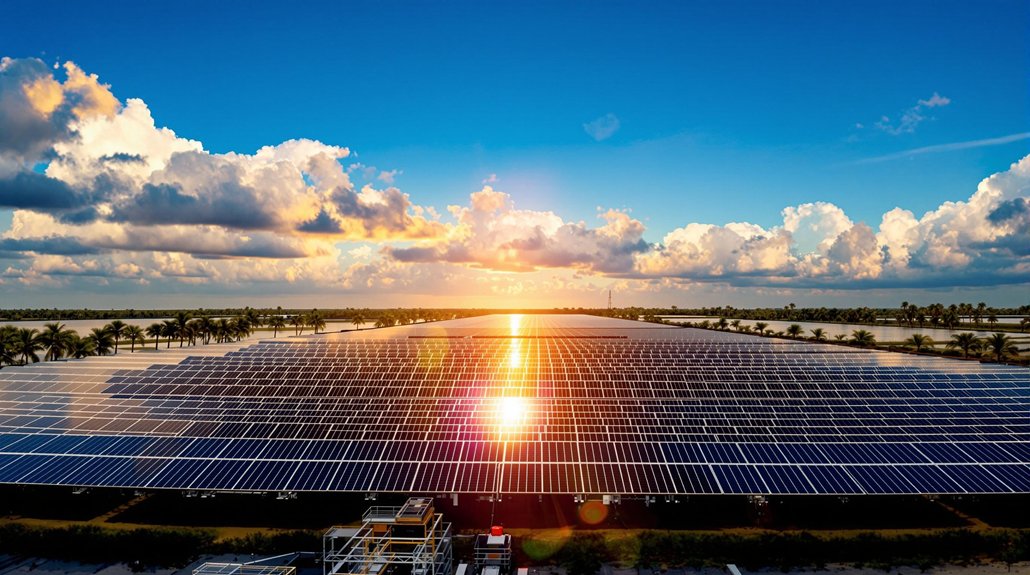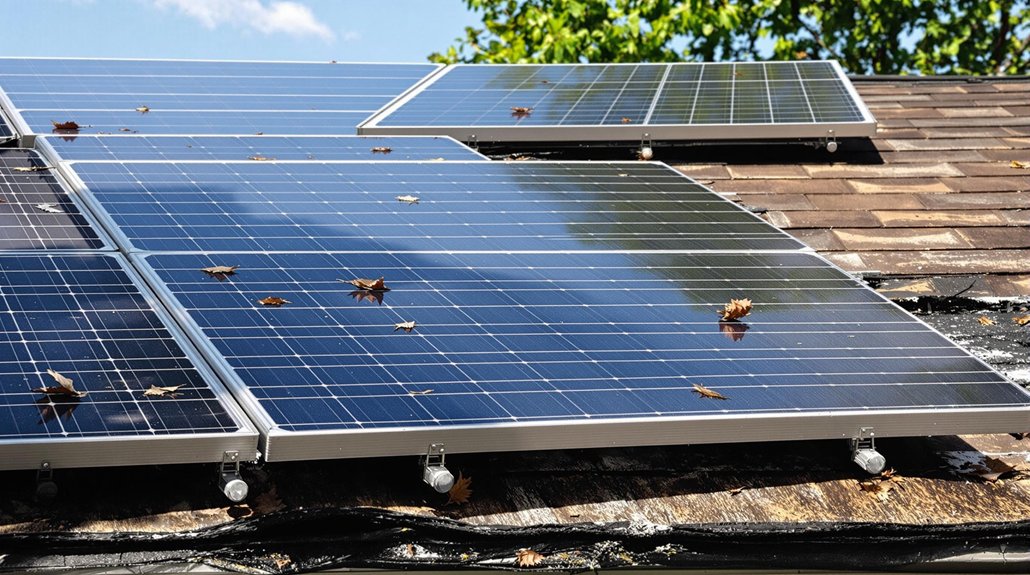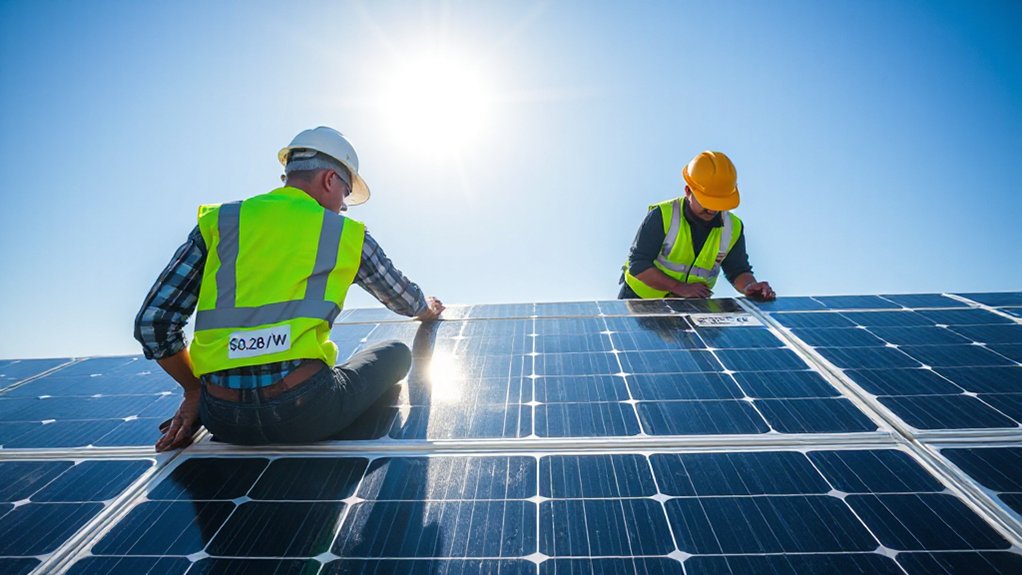India’s solar manufacturing capacity has doubled in just one year, with module capacity reaching 74 GW and cell capacity tripling to 25 GW. Government incentives have attracted $4.8 billion in investments and created over 11,650 jobs. With installed solar capacity now exceeding 100 GW, India ranks third globally in renewable energy. Advanced technologies and complete supply chain development position India to challenge China’s long-standing dominance in the solar industry. The global solar environment is shifting rapidly.
As India races toward energy independence, its solar manufacturing sector is experiencing unprecedented growth. The country has nearly doubled its solar module manufacturing capacity from 38 GW to 74 GW in just one year, while solar cell capacity trebled from 9 GW to 25 GW. These rapid expansions show India’s commitment to becoming a global solar manufacturing powerhouse.
The government’s Production-Linked Incentive (PLI) scheme has attracted $4.8 billion in investments for high-efficiency solar modules. This program has created over 11,650 direct jobs while encouraging companies to build fully integrated manufacturing facilities. The scheme supports everything from polysilicon to finished modules. Similar to Canada’s approach to critical minerals, India has focused on streamlining regulatory processes for renewable energy projects to accelerate development.
India reached an important milestone in 2025 with its first ingot-wafer manufacturing facility. This 2 GW capacity plant marks a critical step in completing the solar supply chain within the country. Companies are now adopting advanced technologies like TOPCon and HJT cells to match global quality standards.
India’s first ingot-wafer plant represents a pivotal advancement in completing our domestic solar supply chain and embracing cutting-edge technology.
The nation’s installed solar capacity crossed the 100 GW mark in 2025. India added a record 25 GW of renewable energy in FY 2024-25, with solar accounting for 21 GW of this growth. Notable companies like Waaree have commissioned a 5.4GW cell plant while Goldi Solar launched an AI-powered manufacturing line. The growth represents a 38% increase in solar capacity compared to the previous fiscal year. The country now ranks as the world’s third-largest holder of renewable energy capacity, with 220 GW installed and a target of 500 GW by 2030.
Government policies strongly support self-reliance in solar manufacturing. Programs like PM Surya Ghar Muft Bijli Yojana are expanding rooftop solar adoption. State-level policies provide additional incentives for manufacturers.
Despite significant progress, challenges remain. Indian manufacturers still face price competition from imports. The upstream supply chain for polysilicon and wafers is still developing.
However, with continued investment and policy support, India is on track to become a global export hub for solar products by 2030, potentially shifting the balance of power in the global solar industry.
References
- https://www.pv-tech.org/india-almost-trebles-cell-manufacturing-capacity-25gw-12-months-march-2025/
- https://www.pv-magazine.com/2025/04/02/india-reaches-74-gw-of-solar-module-capacity/
- https://www.pv-magazine-india.com/2024/12/20/indias-solar-pv-cell-manufacturing-capacity-to-reach-60-gw-by-fy-2027/
- https://www.mercomindia.com/product/state-solar-manufacturing-india
- https://economictimes.com/industry/renewables/indias-solar-pv-module-manufacturing-capacity-to-reach-125-gw-by-2030-pralhad-joshi/articleshow/119704301.cms
